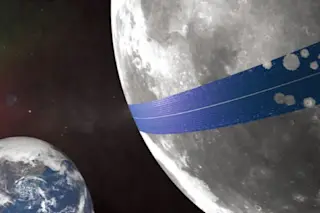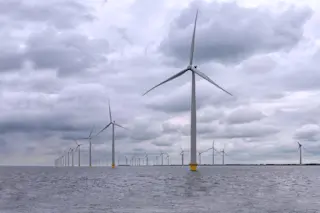Planet Earth isn’t the most ideal place for solar power to thrive. Sunsets and weather afford solar panels a significant amount of downtime.
But there’s a place not too far from here where the sun never stops shining.
A handful of researchers, and more recently the Japanese corporation Shimizu, have been gearing up to develop solar power on the moon.
Shimizu took off with the idea in 2013 in the aftermath of Japan’s 2011 Fukishima accident, which produced a political climate demanding alternatives to nuclear power plants. Shimizu’s plans call for beginning construction of a lunar solar power base as early as 2035. The solar array would be 250 miles wide and span the lunar circumference of 6,800 miles. They’re calling it the Luna Ring.
Lunar Solar Power (LSP) arrays would receive higher energy density from sunlight than we get through Earth’s atmosphere, avoid weather, and could beam energy to ...














